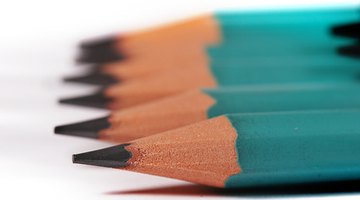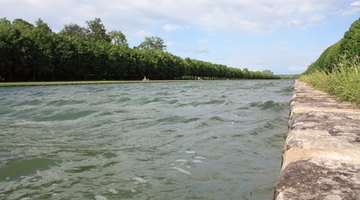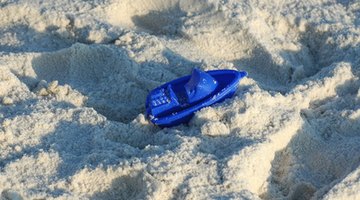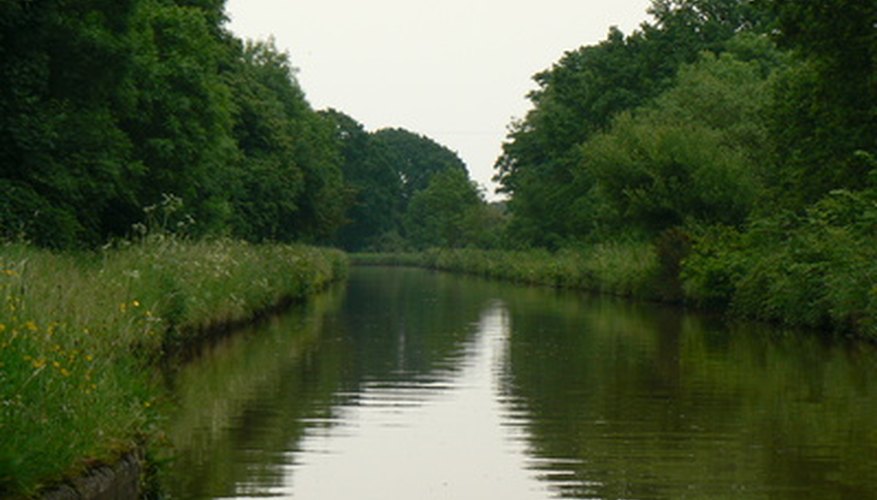Making a scale model of a canal requires plenty of concentration and planning, a little imagination, a keen eye, and a good portion of your time. But the overall process and end result can be very rewarding. By starting with a hand drawn plan, then using some paints, cardboard, styrofoam, small figures, glue, and other tools to build it, you will end up with an extremely realistic scale model of a canal all while having great fun in the process.

Draw the sketch or design for your canal on a sheet of scrap paper including details or a description of details you would like to have in your design and an arrow assigning those details a location in your model.
Place a block of styrofoam as long and wide as your piece of cardboard and two to three inches deep upon your piece of cardboard. Draw the outline of the water where the land and water will meet on the styrofoam with a pencil. Using the non-serrated knife, cut out the portion of the styrofoam where the water will be. Sculpt each of the two styrofoam sides using a sharp, non-serrated knife. Make it so they are shallowest or thinnest toward the side where they will meet with water and more elevated or thicker toward the straight-edged opposite side. Also sculpt ups and downs, slight hills, and other land features in the styrofoam sides to make them more lifelike.
- Making a scale model of a canal requires plenty of concentration and planning, a little imagination, a keen eye, and a good portion of your time.
- Using the non-serrated knife, cut out the portion of the styrofoam where the water will be.

Paint the styrofoam sides using grass-coloured acrylic paints and let dry. Add a second, thinner layer of paint using a slightly varied green colour after the first dries to make it look more grasslike. Glue on small trees in various spots or in clusters after all paint has dried.

Align, then glue the styrofoam sides onto the piece of cardboard. Take a bunch of the clay and mould enough in between the glued and dried styrofoam sides to create a thinner layer of water, about 1/2 to one inch in depth. Make the top of the water smooth with your fingers, then gently mould the top of the water so that it is varied and uneven across the surface like actively moving water. When you are done shaping the clay, gently remove it in order to paint it without disturbing the finished styrofoam pieces.
- Paint the styrofoam sides using grass-coloured acrylic paints and let dry.
- When you are done shaping the clay, gently remove it in order to paint it without disturbing the finished styrofoam pieces.

Paint the blue clay with thin layers of various shades of dark blue to make the already blue clay look more lifelike. Before allowing to dry, wipe off a very small spot of paint the size of a miniature boat or ship you have on hand. Place the ship in that spot where the paint has been dabbed off and press moderately to form a small indentation, then remove the ship. After the paint has dried, glue the boat or ship into the indentation you made. Apply glue to the area on the piece of cardboard between the styrofoam sides and fit the clay water into it. Don't forget to put some glue along the bottom edges of the styrofoam sides where the water will be placed. Allow to dry.
- Paint the blue clay with thin layers of various shades of dark blue to make the already blue clay look more lifelike.
- Don't forget to put some glue along the bottom edges of the styrofoam sides where the water will be placed.
WARNING
Don't cut off chunks of styrofoam unless you are sure it is correct. Once you cut it off, it's difficult, if not impossible, to reattach a piece. Don't glue anything down unless you're sure as well. Removing styrofoam or clay that has been glued down comes with the risk of damaging or breaking them.
